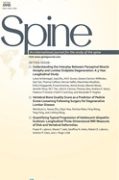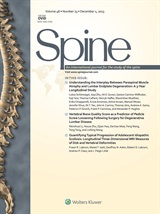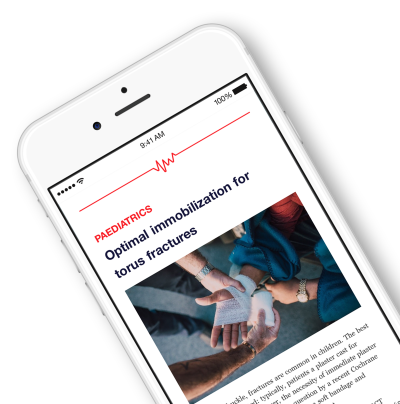
Intravenous Ketorolac, Acetaminophen, Versus Placebo For Reducing Opioid Use .
Intravenous Ketorolac Substantially Reduces Opioid Use and Length of Stay After Lumbar Fusion: A Randomized Controlled Trial.
Spine (Phila Pa 1976) . 2024 Jan 15;49(2):73-80.178 patients with conditions requiring lumbar fusion were randomized to receive either intravenous ketorolac (n=60), intravenous acetaminophen (n=58), or intravenous placebo (n=60). The primary outcome of interest was in-hospital opioid use up to 72 hours. Secondary outcomes included opioid-related adverse events, incidence of radiographic fusion, length of stay, worst, average, best, and current pain using the Brief Pain Inventory (BPI) scale, Oswestry Disability Index (ODI), Veteran's Rand 12-item Health Survey (VR-12) Physical Component Score (PCS), and the VR-12 Mental Component Score. All outcomes were assessed up to 72 hours post-surgery, whereas ODI and VR-12 scores were assessed at 3 months, 1, and 2 years. Overall, the results of the study revealed that patients receiving intravenous ketorolac had significantly lower opioid use and shorter hospital stays compared to the other groups, with no increase in adverse events or pseudarthrosis. The findings suggest that intravenous ketorolac is an effective component of enhanced recovery after surgery protocols for patients undergoing lumbar fusion.
Unlock the Full ACE Report
You have access to 4 more FREE articles this month.
Click below to unlock and view this ACE Reports
Unlock Now
Critical appraisals of the latest, high-impact randomized controlled trials and systematic reviews in orthopaedics
Access to OrthoEvidence podcast content, including collaborations with the Journal of Bone and Joint Surgery, interviews with internationally recognized surgeons, and roundtable discussions on orthopaedic news and topics
Subscription to The Pulse, a twice-weekly evidence-based newsletter designed to help you make better clinical decisions
Exclusive access to original content articles, including in-house systematic reviews, and articles on health research methods and hot orthopaedic topics
































































